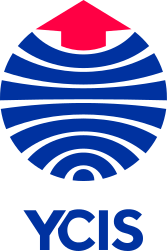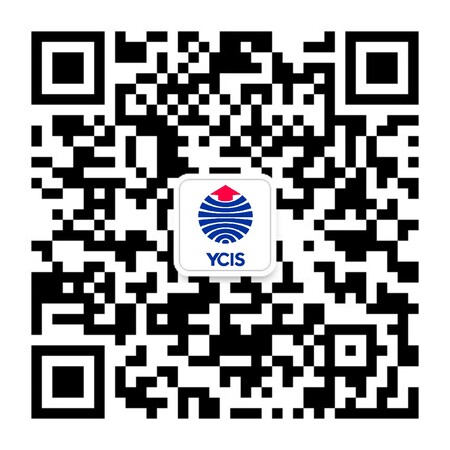Go Back
News
News
Embracing Innovation: Learning Communities Come to Secondary
News
11 Aug, 2017
10 : 00
In the continuous pursuit of improvement, Yew Chung International School of Beijing has embraced an exciting new 21st-century educational model that revolutionises student learning and creativity. This new Learning Community model expands on the traditional solo-teaching classroom by fostering collaboration both between students and between teachers, while also facilitating increased adaptability, creativity and critical thinking in students.
Already successfully implemented in ECE kindergarten and Primary school, this year YCIS Beijing also brings this innovative new model to our Secondary division!
To explain these changes, we spoke with Don Collins, Head of Secondary School at YCIS Beijing, regarding the philosophy behind this move, how the new Learning Community differs from a traditional model, and how it helps students to engage in deeper level learning.
How do Learning Communities differ from a traditional educational model?
In some respects, Learning Communities are not a new trend in education – kindergartens have been using this method for years. You’ll have students all working together in the same space, doing different things, with recognition of the differing needs of students. This is very different than the traditional model of a teacher standing at the front of a classroom saying, essentially, “This is my lesson. Try your best to understand it, and I’ll answer questions as needed. But the burden is on you, the student, to absorb the information I’m sharing.”
The traditional educational structure is based on the industrial model. Classes all in a row. Teachers at the front. Desks all in a row. It’s like a Henry Ford production line. It’s really a 19th-century model.
Please explain the Learning Community approach to age-based separation.
Age-based separation starts to take a back-seat to a student’s ability and experience. Because where else in the world do you say, “Oh, William, you were born in 1985, so you can only be given the work appropriate for someone born in 1985. The work assignments in your new job will be based on your age.” It’s only in educational settings where age plays a central role.
But in life, everyone has different experiences and different backgrounds. You have to differentiate by knowing who your kids are. You have to build relationships with your students as a first and central part of the education process.
How will Learning Communities help students engage in deeper level learning?
In a traditional model, what happened was that in Year 9 there was a lot of preparation for International General Certificate of Secondary Education. But spreading this out in the Learning Community creates time and space. Because now you’re not under the pressure of, “We’ve got to get through this because there’s an exam coming up,” or “Yes, that’s very interesting but we can’t pursue that because we’ve got to move on to the next chapter.” Curtailing interest and enquiry runs anathema to everything we know about how good learning actually happens.
In Learning Communities, students have a voice and choice in the learning; they can explore things that interest them and which may have an impact on their lives.
Therefore, another thing we’re doing is introducing the G100 concept. For 100 minutes every week, students will be able to pursue an area of interest that comes out of the curriculum. They’ll be free to engage ideas and concepts more deeply, while teachers will provide structure to the learning to ensure that those 100 minutes are really valuable.
Student reflection is an important part of the Learning Community model. Could you please elaborate on this point?
Another large part of the Learning Community model is student self-reflection – asking kids, “How did you go today? What did you learn today that you didn’t know yesterday?” Part of the ethos we’re creating helps answer those questions.
It’s a gradual process where students come to reflect on their own learning. It’s a process. And how is it developed? By making time. One of the things we know by studying the factors that most affect student learning is the importance of timely, accurate and appropriate feedback.
And in that feedback loop, students are a key player. So, students need to be able to reflect and ask themselves, “How did I do with that task?” And this reflection shouldn’t be an occasional, random occurrence but a regular one. We’re forcing students to be able to articulate what they’ve learned and how the day went.











